Alan Titchmarsh: 15 years ago we planted a hedge — today, it's 10ft tall, 6ft deep and a joy throughout the year. Here's how we did it
15 years ago, Alan Titchmarsh planted a hedge; today, it's 10ft tall, 6ft deep, he and his wife absolutely love it, 'and so do all the creatures with whom we share our garden.'
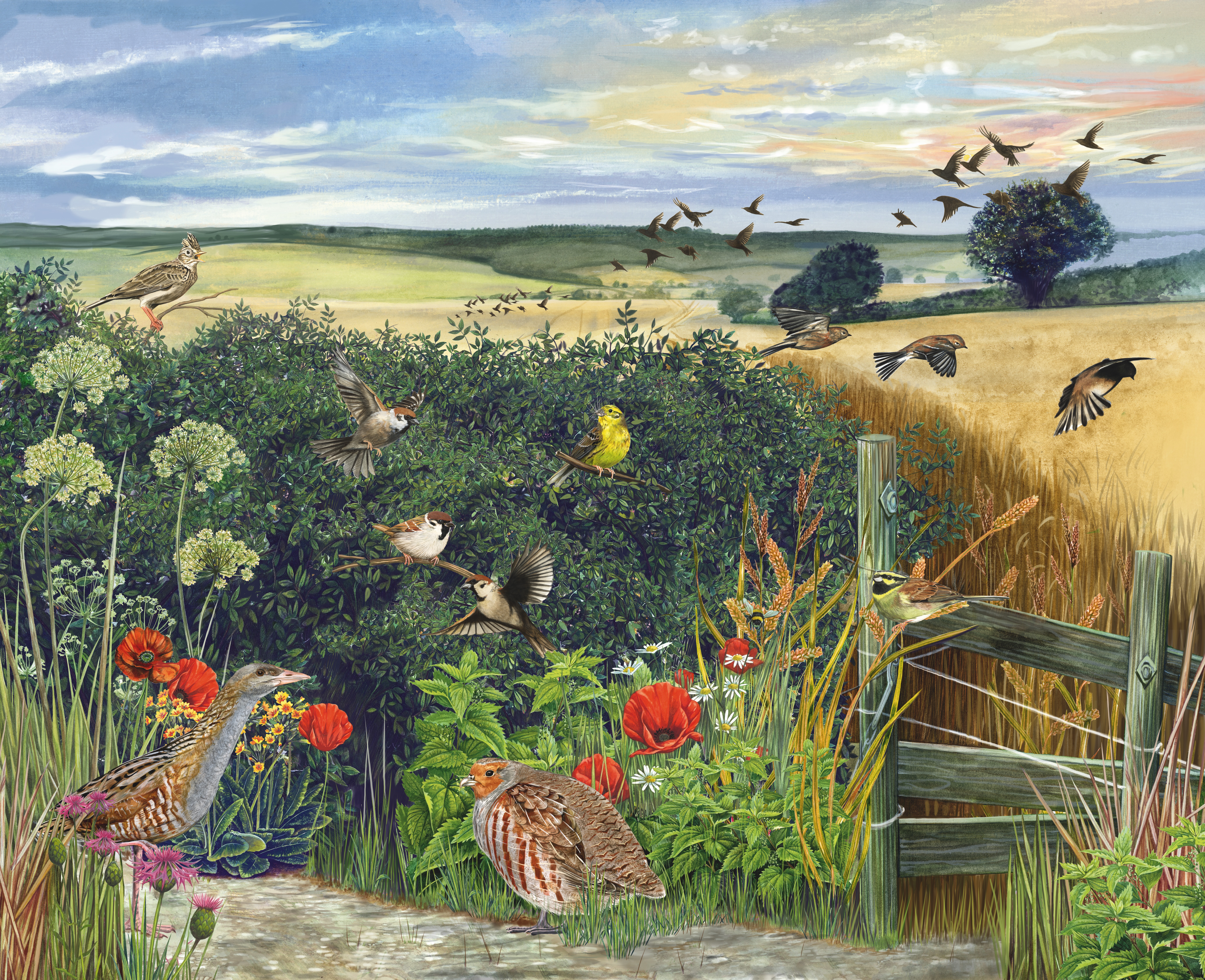

You need a hedge for your country garden? Very sensible. Fences might mark your boundary with clarity and offer privacy, should they be solid, but that means they will offer a huge amount of wind resistance. The wind always wins and it also causes turbulence on the leeward side of an impenetrable fence. In the countryside, interwoven fencing is simply too stark and suburban in appearance, whatever colour you paint or stain it.
A hedge, on the other hand, will fit more sympathetically into the landscape. It will filter the wind rather than attempting, unsuccessfully, to stop it in its tracks, thus making for more propitious growing conditions for the plants within the land that it protects. It will offer sustenance and shelter to all kinds of wild-life, from birds and hedgehogs to a multitude of insects, which, we are told, make up 90% of the creatures that share our planet. Hedges are easy on the eye. Yes, if formal, they require clipping once or twice a year, but this encourages them to thicken up and become more dense — not only enhancing the shelter they will provide, but also reducing traffic noise.
That’s sorted then. A hedge, rather than a fence. Now, what plant species will you choose? Privet? Laurel? Yew or, heaven forbid, rampant Leyland cypress? They all have their place — even Leyland cypress when regularly clipped, although it is a martyr to that browning fungus phytophthora.
"Fifteen years ago, when we created a wildflower meadow, we also planted a mixed country hedge — it's offered us every bit as much pleasure as the meadow itself"
By far the best hedge for a country garden, surrounding wild areas and meadows, bordering paddocks or woodland, is one made up of British native species chosen for their rapid growth and their ability to withstand the harshest of weather, be it wind, rain, frost or snow.
These are shrubs and small trees that will offer a relaxed kind of beauty, as well as food and shelter in abundance for all forms of wildlife. Their berries will keep the birds sustained in autumn and winter, the crevices in their bark will shelter overwintering insects, the leaves of some species are useful food plants for certain butterflies and, in the leaf litter at their base, the increasingly rare hedgehog will be able to snuggle down for the winter.
Fifteen years ago, when we bought a couple of acres of the neighbouring farmer’s field to create a wildflower meadow, we planted a mixed country hedge that has offered us every bit as much pleasure as the meadow itself. Bright-green shoots and blossom in spring, a verdant backdrop in summer and glorious autumn colour before the leaves of the deciduous species fall.
The hedge is made up of field maple (Acer campestre) with its fingered leaves and winged stems, and dog rose (Rosa canina), with single pink flowers with a central coronet of golden stamens that decorate its thorny stems in a glorious welter of floral confetti. The sweet briar (Rosa rubiginosa) accompanies it with blooms of a deeper hue and foliage that, when crushed, smells of apples. Both produce bright hips as a second course.
Exquisite houses, the beauty of Nature, and how to get the most from your life, straight to your inbox.
The spindle tree (Euonymus europaeus) bears orange fruits surrounded by shocking pink cases — pure Zandra Rhodes — whereas the wayfaring tree (Viburnum lantana) and dogwood (Cornus alba) are real stalwarts, together with hawthorn (Crataegus monogyna). The May tree’s cataracts of creamy blossom signal the true arrival of spring and give us the nod that it’s time to cast a clout — you can now remove your winter vest. The haws are eagerly devoured by overwintering redwings and fieldfares, as well as thrushes and blackbirds.
Ivy (Hedera helix) will begin to climb the hedge and offer a summer egg-laying site to the holly blue butterfly, having laid its spring brood on holly. (I’ve always felt that to be such a neat Christmassy partnership — that the leaves of ivy will feed the caterpillars of the holly blue.) The holly (Ilex aquifolium) is there, too, offering evergreen leaves and winter berries for the birds. Sloes from the blackthorn (Prunus spinosa) are our own reward for including it in the mix and the early blossom — pure white and the size of your middle fingernail — has the appearance of snowy froth in March and April, beating the hawthorn off the starting blocks.
Plant your native hedge in a staggered double row in autumn as bare root plants in well-prepared and well-nourished soil. Our 15-year-old hedge is 10ft tall and 6ft deep — snipped back at the sides, but allowed to do its own thing up top. We love it and so do all the creatures with whom we share our garden.
Chatsworth: The gardens and the people who made them by Alan Titchmarsh (Ebury, £35) is out now
This feature originally appeared in the October 15, 2025 issue of Country Life. Click here for more information on how to subscribe.
Alan Titchmarsh is a gardener, writer, novelist and broadcaster.
-
 In search of London’s earliest pint
In search of London’s earliest pintEarly houses — pubs open in the early hours to feed and water the market trade — have been a cornerstone of London for centuries. Yet, as Will Hosie finds, they aren’t stuck in the past.
-
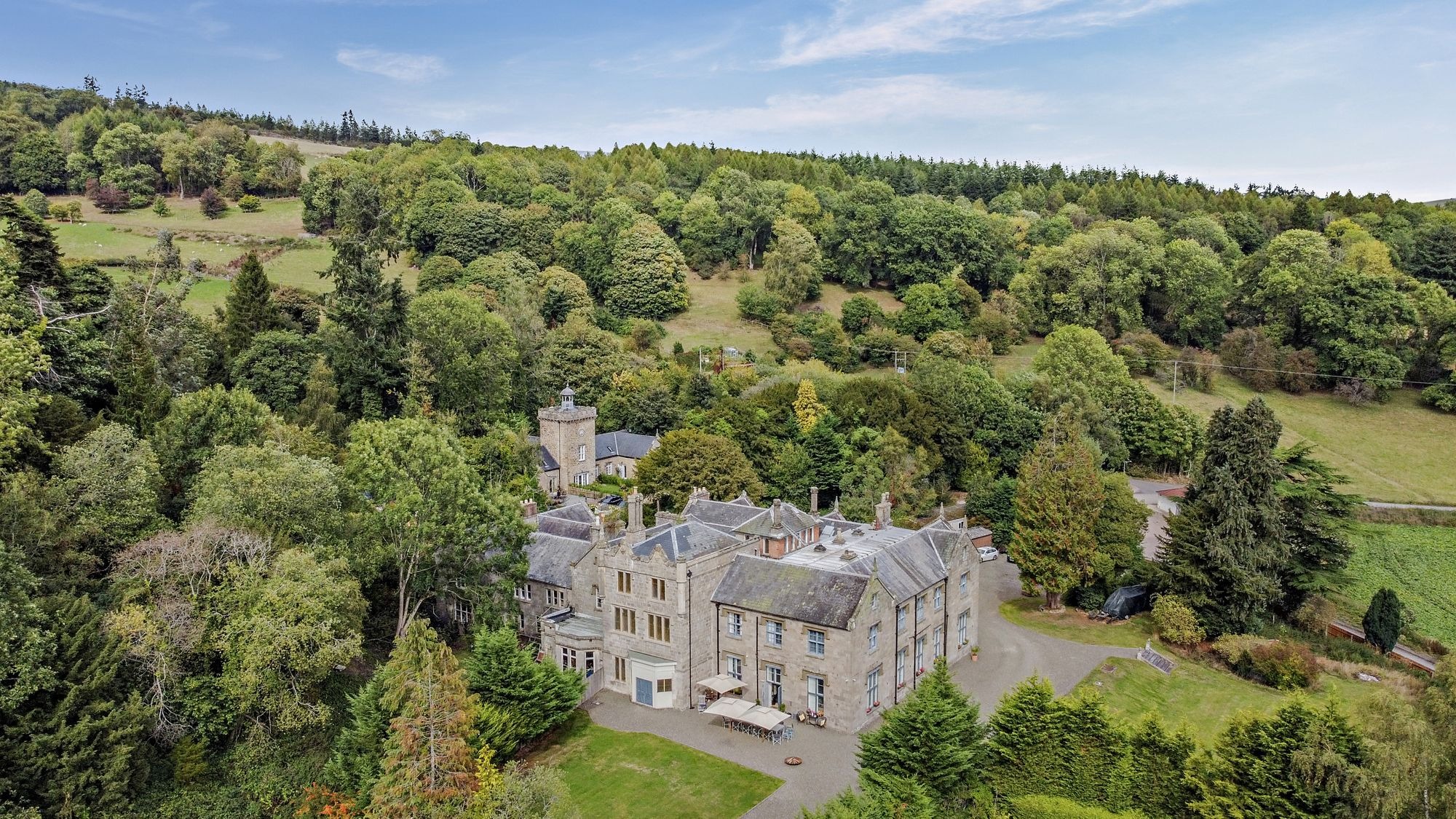 A 14-bedroom 'miniature Downton Abbey' to call your own — and there's not a penny of Mansion Tax to be paid
A 14-bedroom 'miniature Downton Abbey' to call your own — and there's not a penny of Mansion Tax to be paidNorton Manor is an incredible period home that's on the market for £1.3 million.
-
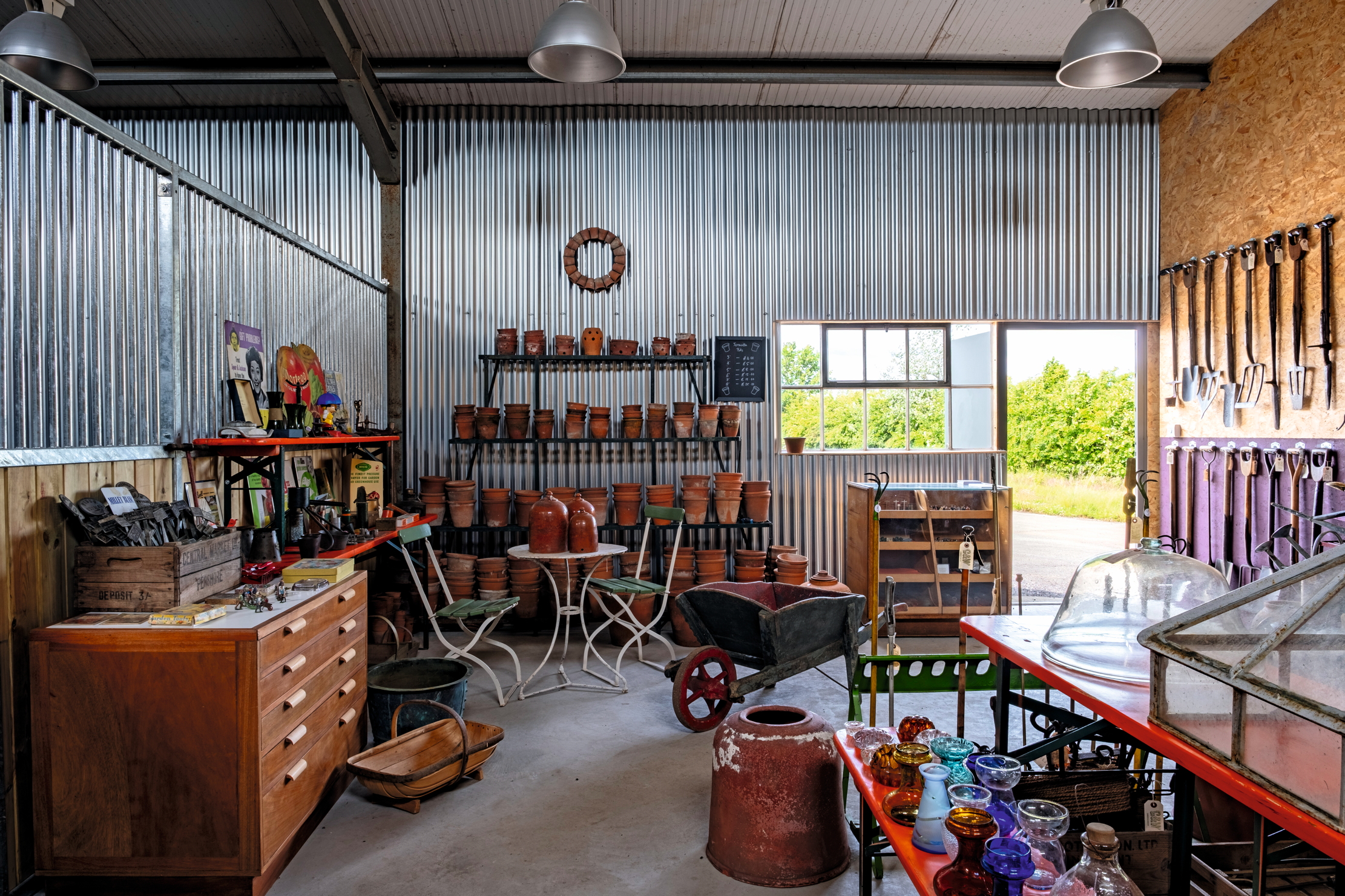 When it comes to making the perfect garden tool, the past has all the answers
When it comes to making the perfect garden tool, the past has all the answersMary Keen visits Garden & Wood, the mecca for dedicated gardeners who prefer using tools made in the 1940s
-
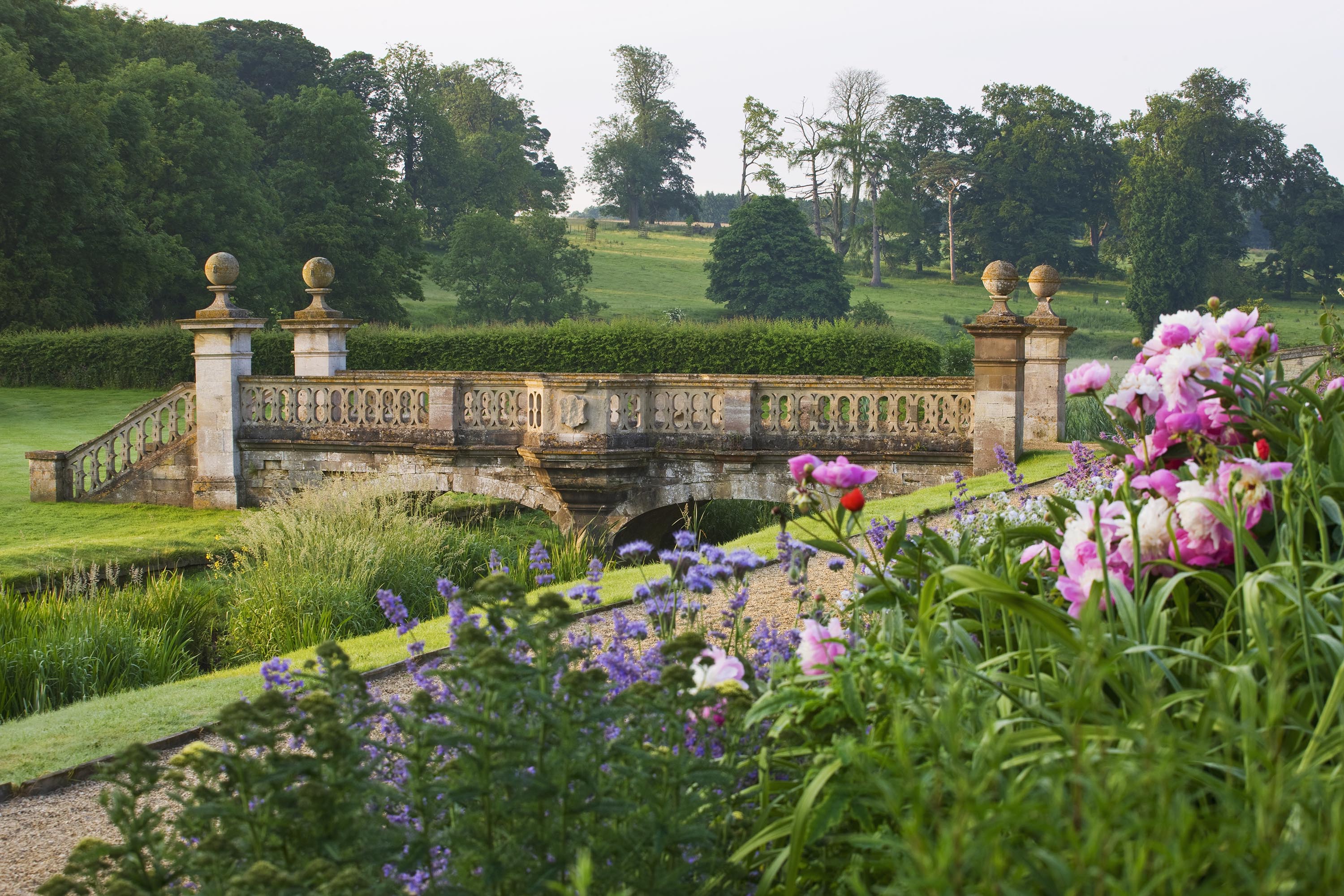 'A dream of Nirvana... almost too good to be true': The sweet peas of Easton Walled Gardens, and how you can replicate their success at home
'A dream of Nirvana... almost too good to be true': The sweet peas of Easton Walled Gardens, and how you can replicate their success at homeUrsula Cholmeley, who has spent 25 years restoring Easton Walled Gardens, recommends sowing sweet peas now for stronger plants that will better withstand the weather.
-
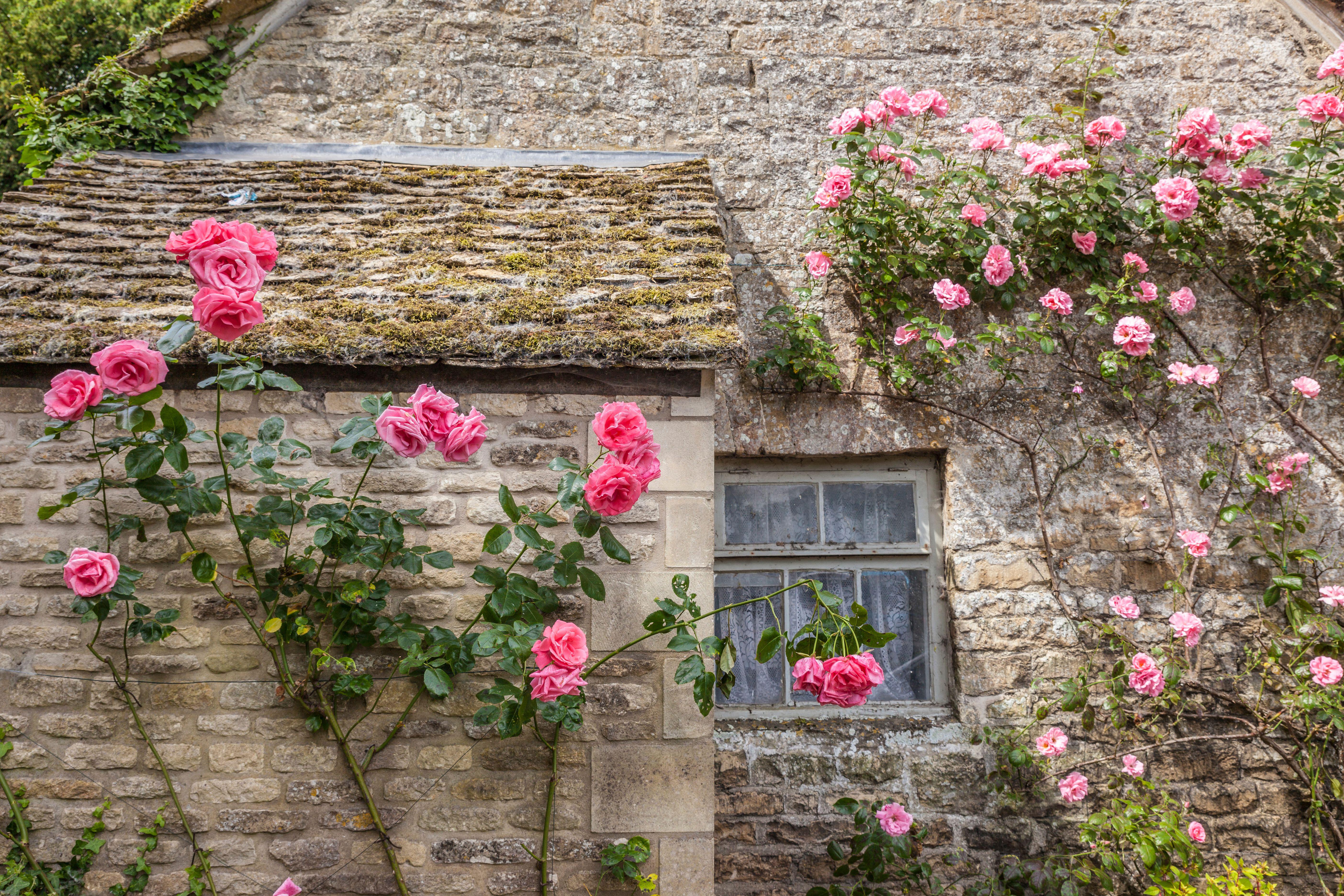 How to choose the perfect rose this bare root season
How to choose the perfect rose this bare root seasonLooks can be deceiving: bare root roses are hardier and more sustainable than potted ones, says Tabi Jackson Gee, who moved to a cottage in Wiltshire and went about finding the perfect plant. You just need patience.
-
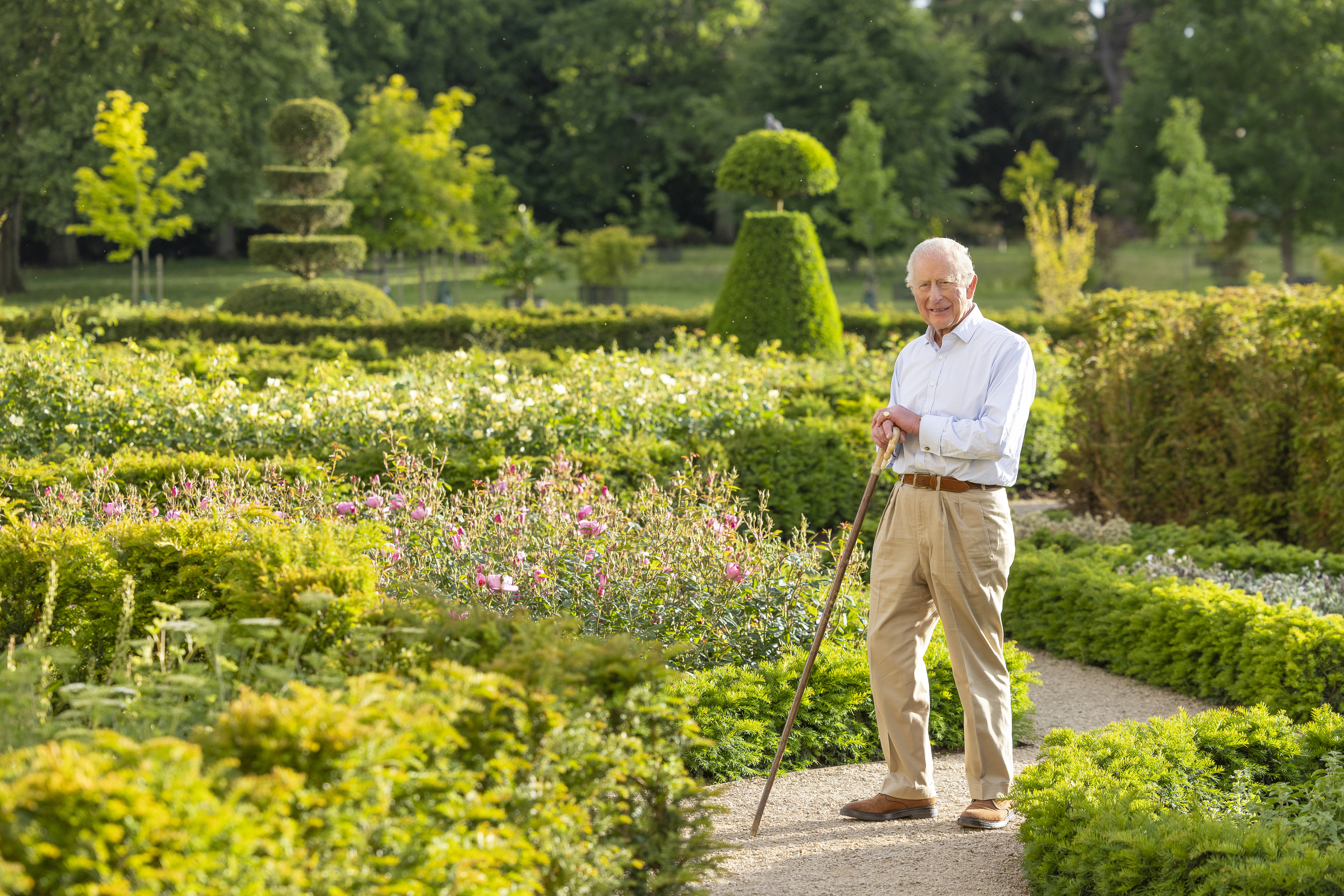 Exclusive: The King's remarkable resurrection of the gardens and parkland at Sandringham
Exclusive: The King's remarkable resurrection of the gardens and parkland at SandringhamThe King took over the running of the 21,000-acre Sandringham estate in 2017 — and in the last three years has transformed it beyond recognition.
-
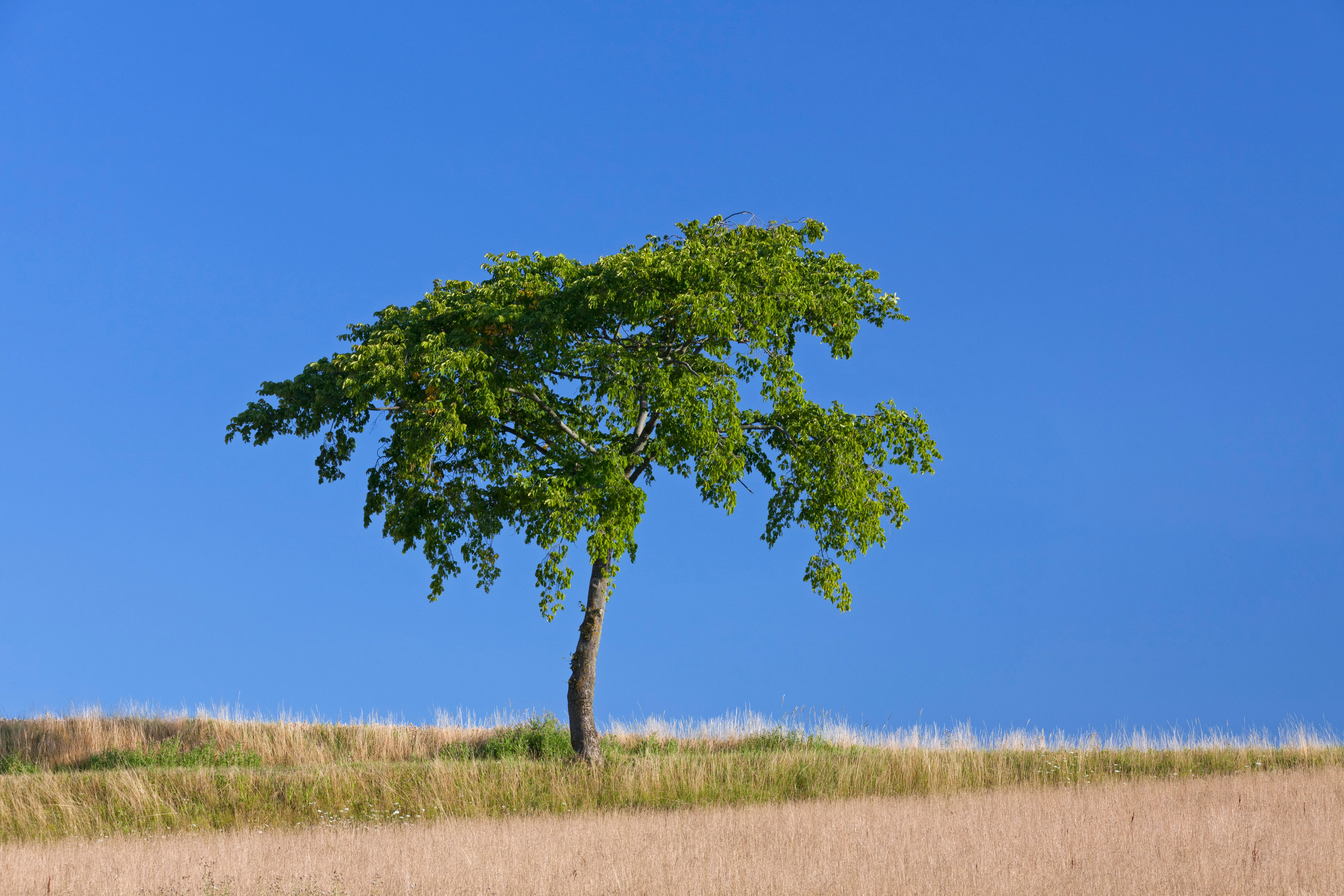 The trees that are as fine to eat as they are to look at
The trees that are as fine to eat as they are to look atMark Diacono doesn't grow many trees for the sake of the bounty they provide — but these are the notable exceptions.
-
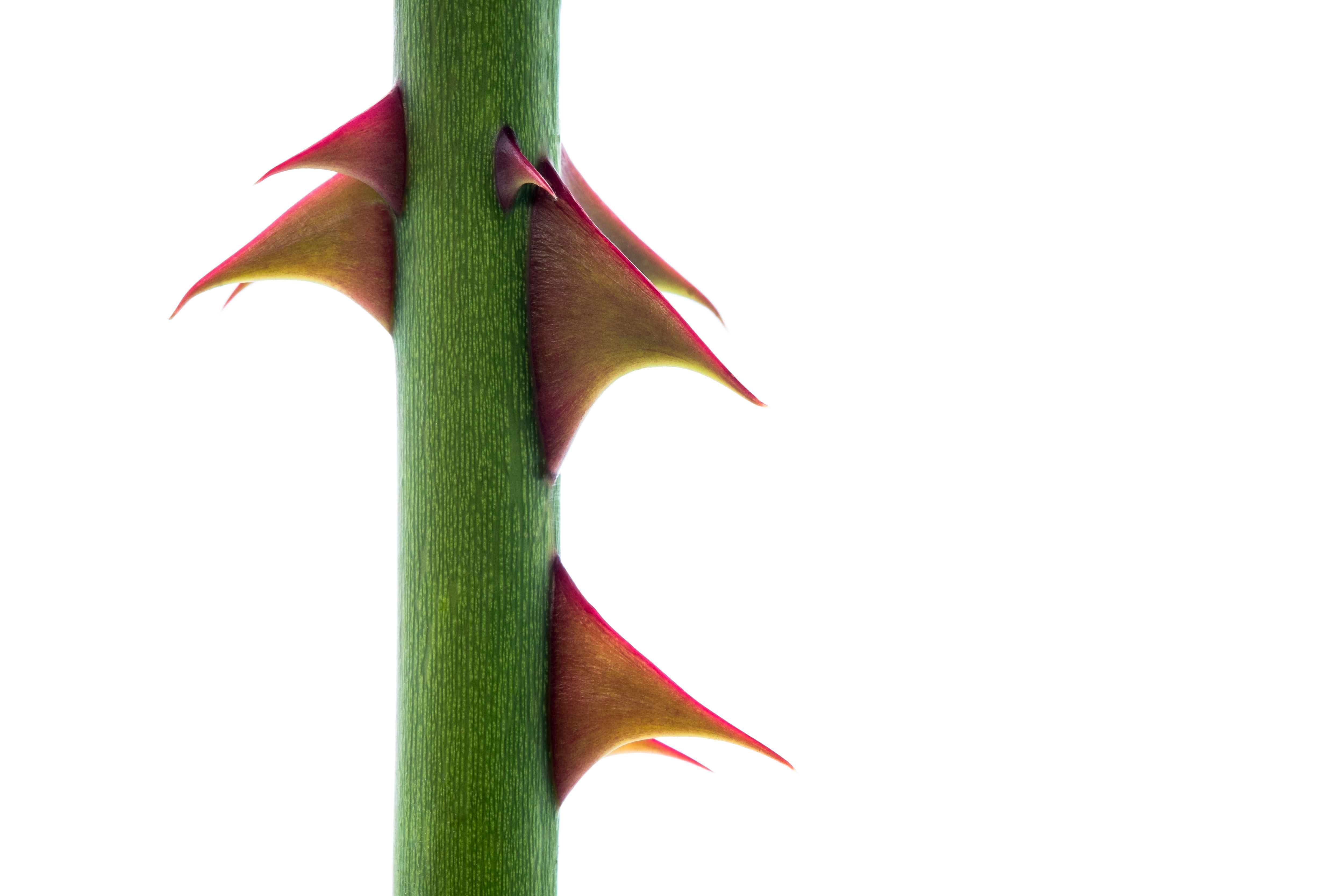 Bothered by brambles and snagged by sow thistles, but what is the point of all this thorny microaggression?
Bothered by brambles and snagged by sow thistles, but what is the point of all this thorny microaggression?Nature’s spiky deterrents — thorns, spines and prickles — may be quick to catch us out, but they can also prove to be a useful ally.
-
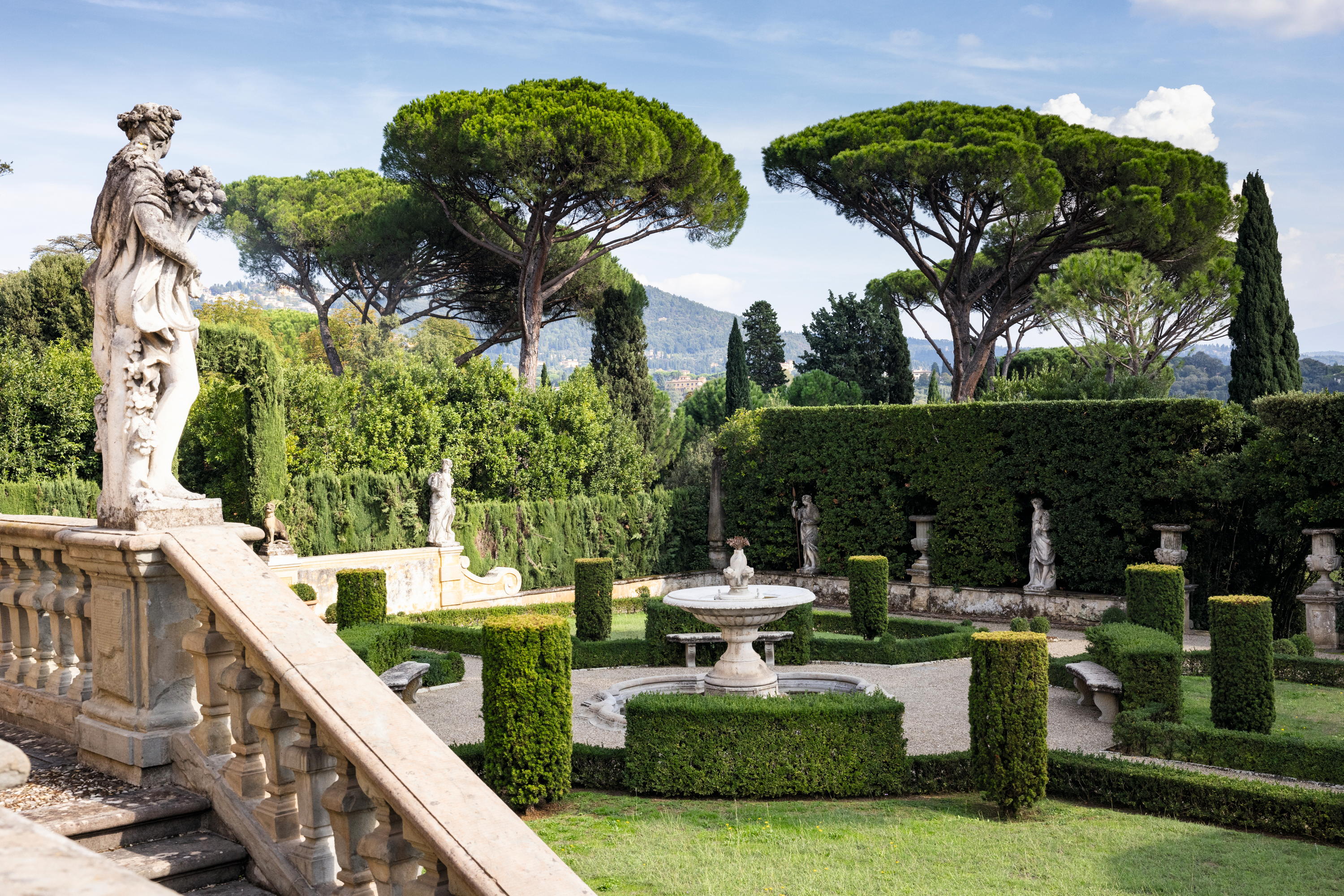 The Tuscan gardens where the English and Italian traditions come together, and Yorkshire rhubarb grows happily beside spectacular citrus
The Tuscan gardens where the English and Italian traditions come together, and Yorkshire rhubarb grows happily beside spectacular citrusNick Dakin-Elliot, who gardens in Tuscany, is still moved by the Italian hilltop gardens that command some of the most beautiful views in the world.
-
 'My family wore wool at a time when everyone else had cast it off in favour of manmade fabrics': The knitwear pioneer who is one of David Beckham's countryside champions
'My family wore wool at a time when everyone else had cast it off in favour of manmade fabrics': The knitwear pioneer who is one of David Beckham's countryside championsJulie Harding speaks to Rachel Carvell-Spedding the founder of British knitwear brand Navygrey, and one of David Beckham's countryside champions.
